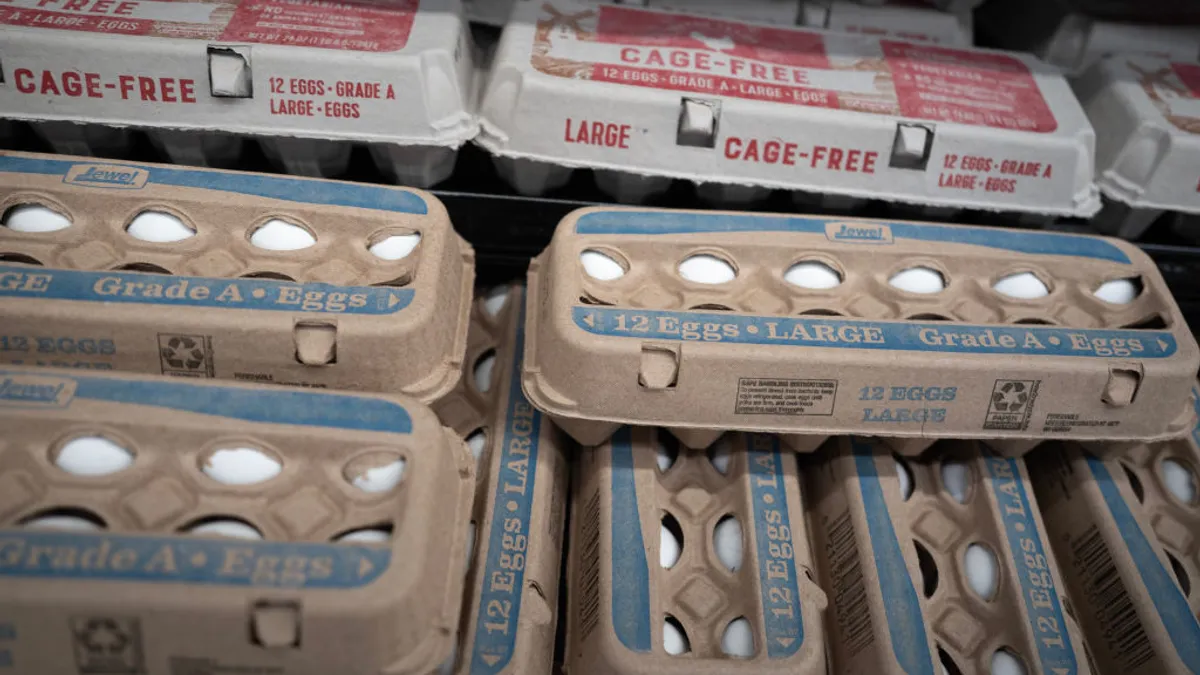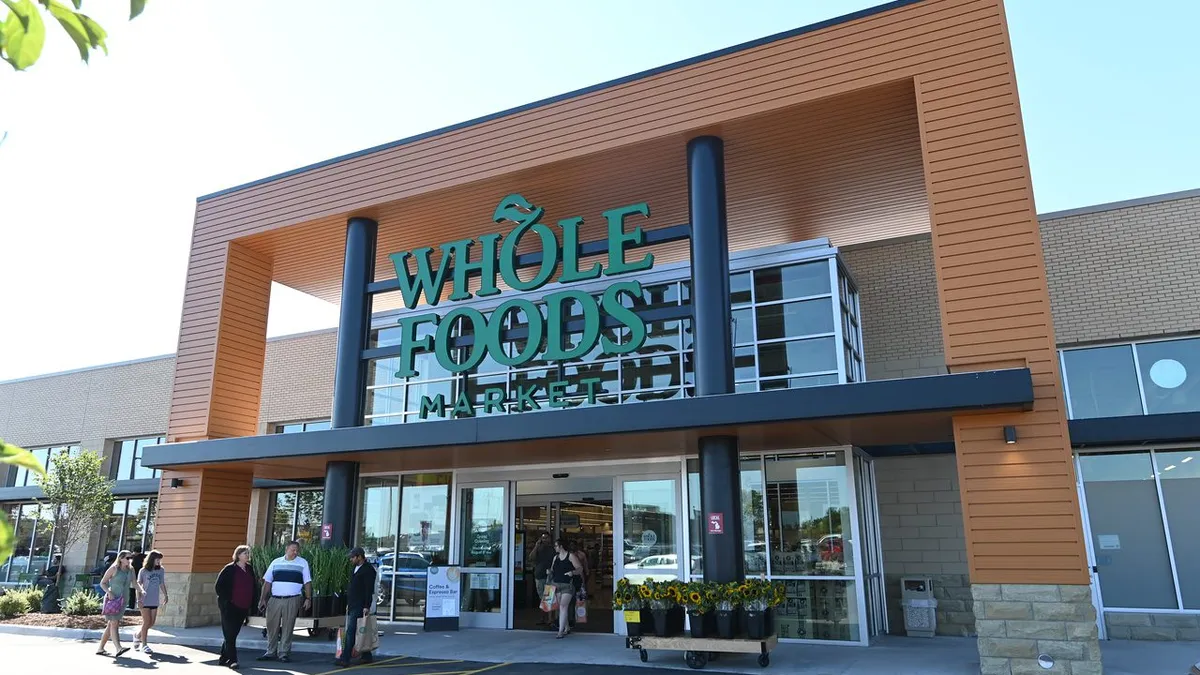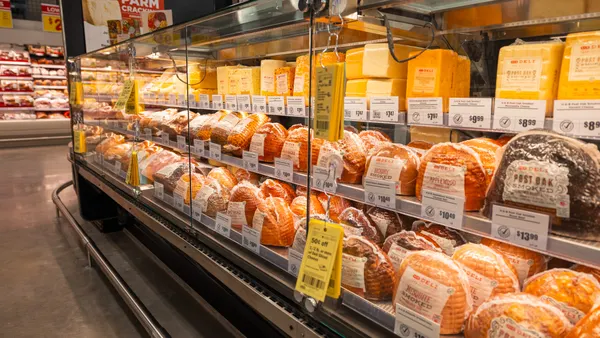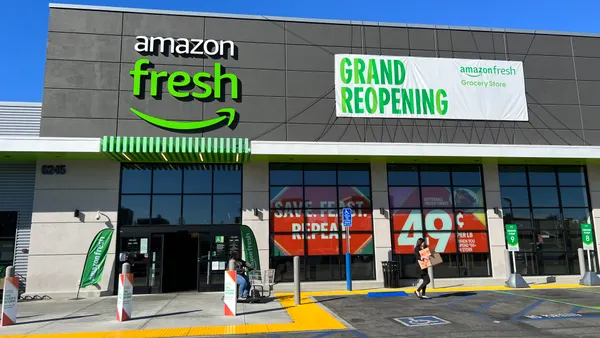Dive Brief:
- Consumers polled in April said they are more willing to pay more for eggs than those surveyed in January. Nearly double the percentage of people now say they would pay over $5 per dozen eggs than at the start of the year, according to data released Monday by Numerator.
- There was still a dollar gap between the maximum amount consumers are willing to spend on eggs and the average price for a dozen in March, the consumer data firm found.
- Consumer tolerance for hefty egg prices varies across demographics including age, ethnicity and where they usually shop, Numerator noted.
Dive Insight:
Concerns about affordability and availability are still high for consumers but have lessened slightly compared to the start of the year, according to Numberator.
Numerator found that shopper judgment of egg prices is more tied to their existing perceptions and relative price increases than actual prices. For example, Boomers were twice as likely to say eggs were very expensive compared with Gen Z shoppers, who are more likely to live in urban areas and lack historical context about how much eggs typically cost, the consumer research firm noted.
Higher willingness to pay more for eggs spans a variety of consumer profiles, including younger shoppers, Hispanic shoppers and people who live in the Western U.S. and urban areas, according to Numerator.
Historical prices and the general egg prices people expect from their preferred retailers and geographic locations can also influence their tolerance for higher stickers, Numerator noted. Aldi shoppers are only willing to pay $4.95 for a dozen eggs, Numerator found, while Publix shoppers are willing to spend up to $6.47.
While urban shoppers pay the most for eggs, they are accustomed to typically higher grocery prices and are less likely to describe current egg prices as “somewhat or very expensive” compared to suburban or rural shoppers, per Numerator’s findings.
As consumers steel themselves to pay more when shopping the egg aisle, grocers’ store brands appear to be benefiting as people turn to options that help shave off some of the costs. Private brands accounted for 70% of egg category dollars in the first quarter — up 2 percentage points from the same time last year — with brands under Walmart, Costco and Kroger leading the market share, Numerator found.
Concerns surrounding egg affordability, availability and health-related risks with consuming eggs are still high but have lessened compared to the start of the year, Numerator noted. About a quarter of shoppers said they are worried about the safety of eggs due to recent government cuts at agencies like the USDA, FDA and Department of Health and Human Services. About one-sixth said they have reduced confidence in egg producers and supply chains.
Numerator’s findings are based on a survey this spring of over 1,000 people who bought eggs, as well as a poll of 1,000 egg buyers in January.
Demand for shell eggs steadily improved ahead of Easter but remained subdued and below the average in comparison to recent holidays as major retail grocers chose not to run their usual egg promotions, according to the USDA’s latest Egg Markets Overview report released Friday. Shell egg supplies have recently started to recover and price levels for consumers have “eased considerably” from highs at the start of the year, yet still remain elevated, the report noted.














